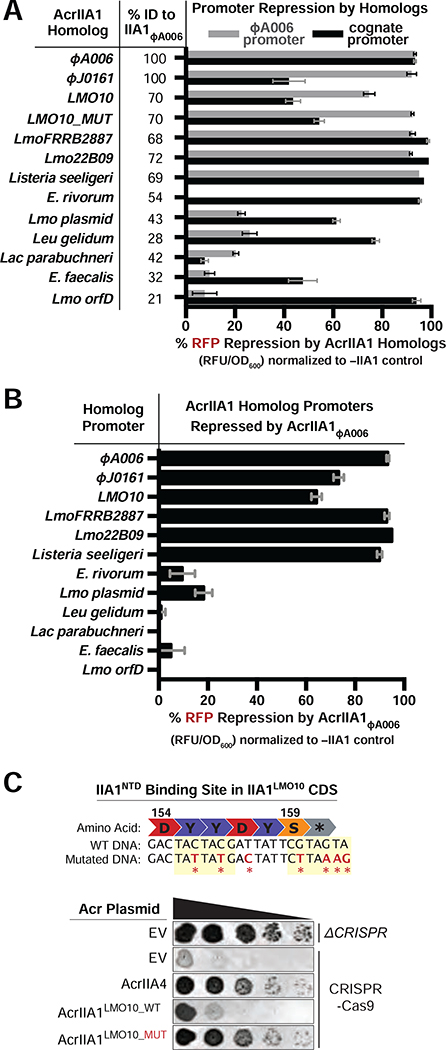Figure 3. Autorepression is a General Feature of the AcrIIA1 Superfamily.
(A-B) Repression of RFP transcriptional reporters containing the ΦA006Acr.–promoter (gray bars) or cognate-AcrIIA1homolog.–promoters (black bars) by the indicated AcrIIA1Homolog proteins (A) or AcrIIA1ΦA006 protein (B). Data are shown as the mean percentage RFP repression in the presence of the indicated AcrIIA1 variants relative to controls lacking AcrIIA1 of at least three biological replicates ± SD (error bars). The percent protein sequence identities of each homolog to the ΦA006AcrIIA1NTD are listed in (A). (C) Top: Schematic of the wild-type (WT) and mutated AcrIIA1NTD binding site within the C-terminal protein coding sequence (CDS) of AcrIIA1LMO10. Bottom: Plaquing assays where the P. aeruginosa DMS3m-like phage JBD30 is titrated in ten-fold dilutions (black spots) on a lawn of P. aeruginosa (gray background) expressing the indicated anti-CRISPR proteins and Type II-A SpyCas9-sgRNA programmed to target phage DNA. Representative pictures of at least 3 biological replicates are shown.

